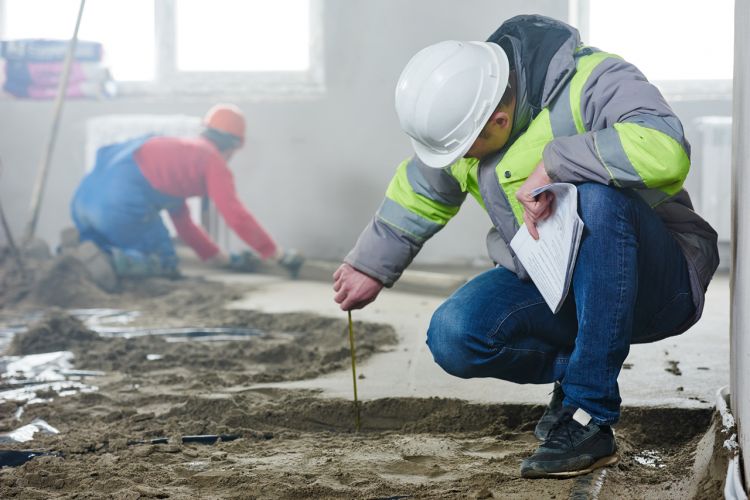
Concreting can be an easy yet efficient way to improve your properties. It can be used for your patio, garages, driveways, wall’s and fence’s foundations, etc. Apart from the external use, due to its strength, durability and easy maintenance, concrete can be a smart solution for finishing also your indoor renovations, such as floors and counterparts.
Concrete is made of cement, aggregate and water which make it not only one of the best, but also, cheapest building materials. The mix is easy to make and pour into different frames no matter which residential feature you want to use it for. It is resistant to moisture and it takes many years before it starts deteriorating. And, even in case of wear and tear, concrete is one of the easiest building materials to repair or lift to look like brand new.
As any other material, concrete also has some disadvantages and one of the main ones is that it can crack or sink in case of the constant freezing. However, average winter temperatures in Canberra between 1-12°C will leave you without any reason to worry, in case you choose this durable material for different purposes around your house.
Many people think that the original appearance of concrete is not appealing enough for indoor features. Yet, one of its main components, aggregate comes in a variety of colours and textures which can add a touch of style to any residential feature. Stamped concrete looks like a natural stone, but it is a much cheaper option than stone tiles. Polished concrete with its high gloss finish can be used for your countertops and floors instead of expensive marble. An earthy and elegant look can be achieved by using stained concrete. There are many different options available and each of them can help you enhance your property’s design without paying high-end bills.
To ensure concrete’s strength and durability and prevent damages such as cracks and sinking, the material should be sealed. Concrete sealing is not only used for protection from cracking, but also chemicals and UV rays and can give your concrete a striking, decorative finish, making it stand out.
And, once you have your concrete installed and sealed, you need to make sure that it stays as it is for year to come by regular maintenance. However, that is a much easier task than it is a case with other building materials. To clean debris and dirt, use pressure water. For removing stains and oils, applying a basic degreaser is enough. Just make sure you clean up oils and other spills as soon as you spot them as this will prevent them penetrating into the material.
